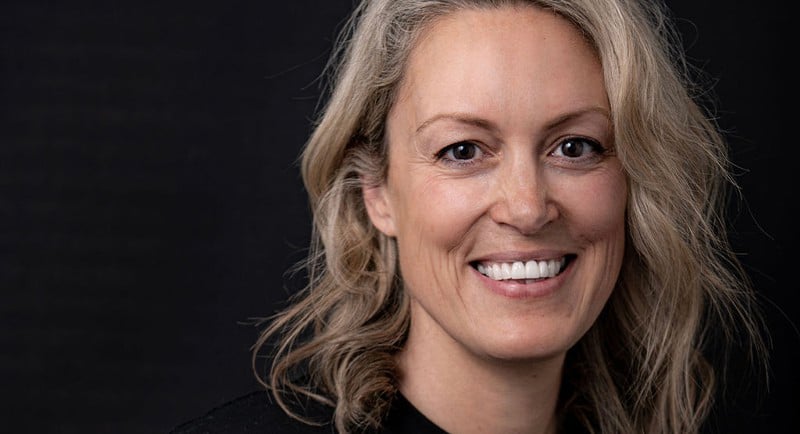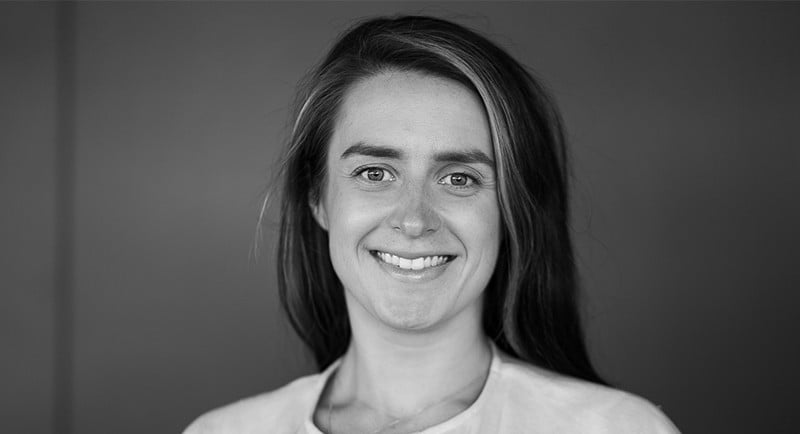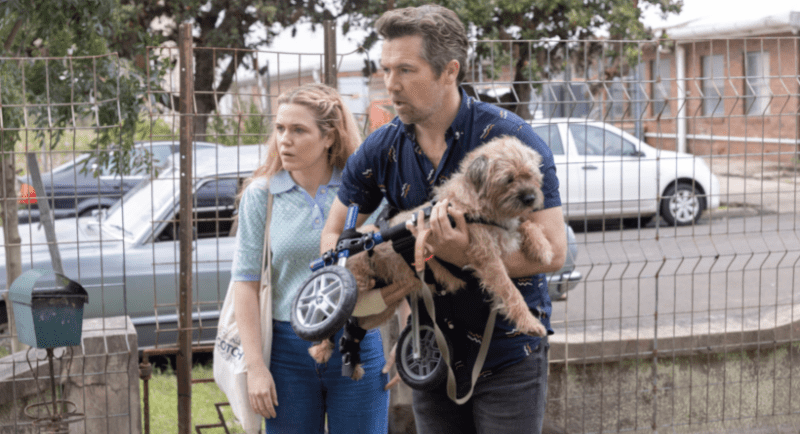A list of the top-rating TV programs of 2023 revealed what many in our industry already knew: Aussies love sports and reality TV. Just three scripted programs – Vera, Home & Away and a John Farnham doco – managed to crack the top 50, showcasing the nation’s lack of interest in scripted quality drama.
Except, we know that’s not true.
Offspring, McLeod’s Daughters, Packed to the Rafters, Neighbours and Home & Away have proven time and again that Australia loves scripted drama. In fact, already this year we’ve witnessed the success of Netflix’s Boy Swallows Universe in attracting huge audiences both at home and around the globe.
The difference is that in 2024, you’re more likely to find your scripted Aussie drama on a streaming service than free-to-air broadcasts.
Australian viewing habits have been evolving for as long as there has been TV to view, but with the most recent Emmy Awards recording their highest-ever share of nominations from streamers, where is the drama on FTA?
Before anybody can grab a snack and settle in on the couch to watch a scripted series, that series has to be created. Matthew Deaner, CEO of Screen Producers Australia (SPA) told Mediaweek that there are a number of complexities behind the scenes when bringing scripted drama to life, in a process that can be “really very intense and quite uniquely challenging.”

Matthew Deaner
“I find scripted is really hard to deliver successfully, but it is done. We do very well in Australia – we have studios that have years of expertise – but it’s not the sort of thing that you go into lightly, because it’s not replicable.
“Even having intellectual property doesn’t necessarily always deliver incredible outcomes, despite the money. It’s a very daunting exercise to get right.”
Speaking to the time that it can take to create a scripted series as opposed to unscripted, Sam Cousins, chief strategy officer at The Media Store tells Mediaweek “I feel like I can speak with some authority as my brother is a script writer and my ex-husband is Australian actor, writer and director Brett Cousins.”
Referring to the current landscape, Cousins jokes “it’s a jungle out there.”

Sam Cousins
“Before any show gets greenlit, actors need to be attached, and that can take years. According to Brett, it takes on average seven years for a scripted show to be made from writing to filming. Once actors are attached, then the producers can raise the funds to develop the content, which can also take years.”
For local FTA platforms, Cousins adds “There are high costs to develop quality drama, and talent drives ad dollars, so it’s hard to make content with lesser-known actors and in turn secure funding.
“The evolution of content development by SVOD platforms has expedited this process as they have large budgets for production and access to bigger talent – especially in Apple, Netflix, and Amazon’s case.”
Alongside these factors – and perhaps because of them – FTA may also be up against unconscious biases in where to access content.
Sally Lawrence, group director – media at Enigma tells Mediaweek “We as audiences have become conditioned to using FTA networks to get our dose of live sport and reality, and our streaming services for those binge-worthy drama series. This may be a tough habit to break.”

Sally Lawrence
And so, we arrive at a point made most succinctly in All the President’s Men – follow the money.
Whilst more and more streaming platforms are launching ad supported subscription tiers, they don’t yet need to work with advertisers in the same ways that FTA platforms do.
“Free to air is always going to be challenged by needing to build advertising relationships in a way that we haven’t yet seen materialise for streamers,” said Deaner.
Pointing out that subscription dollars leads to a greater capacity for streaming services to take risks and invest more money in scripted, he adds that “Streaming isn’t always about audiences, it is very much about subscription sales and retention. Content doesn’t necessarily have to have huge numbers, but it needs to have the people who feel the platform has responded to them.”
There’s also the advantage of a wider audience on streamers, with Australian shows like Boy Swallows Universe and Colin From Accounts finding major success in markets outside of their home country.

Colin from Accounts
“A global audience on a global platform means consumers can find more niche content on streaming services,” said Deaner. “What might be considered a bit too niche for the advertising market in Australia can still be realised and developed for global audiences.”
So what, exactly, are advertisers looking for when advertising around scripted drama on FTA?
Lawrence reckons it’s pretty simple: “Ultimately advertisers are going to focus on programming that brings in the viewers. They want the eyeballs, whether that’s reality or other genres, it doesn’t really matter.”
Cousins backs this up, saying “When it comes to what brands want, it really just depends on the strategy for each campaign. Many just want to be where the eyeballs are, often that’s reality TV because it’s cheap and fast to produce.”
What sets scripted drama apart from unscripted once again comes back to All the President’s Men – follow the money.
“Where production schedules are yearly like for The Block, Survivor, or MAFS, it’s actually pretty easy to get integrated content into the shows. That’s harder to do with scripted drama, and needs much longer lead times,” Cousins said.
If a brand is willing to make the leap, however, it’s worth it to be associated with scripted drama.
“For those brands with strategies that align more closely to the type of content, being close to deeply involved shows that become part of culture can only be a good thing. The credibility in sponsoring those shows or being first in break still hold big premiums and are sought after, but are not always attainable, proving costly for tier two and three brands,” Cousins said.
Look out for Where’s the Drama? Part Two, coming soon.
–
Top Image: Netflix’s Boy Swallows Universe
